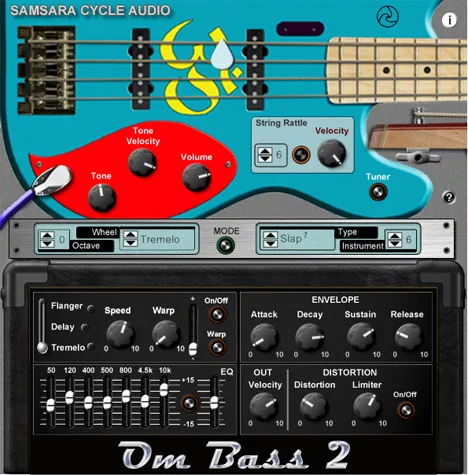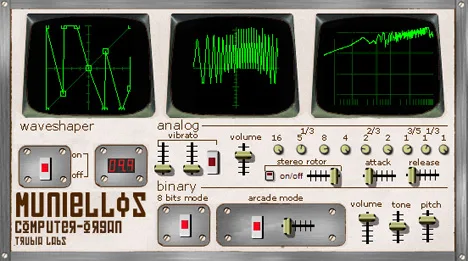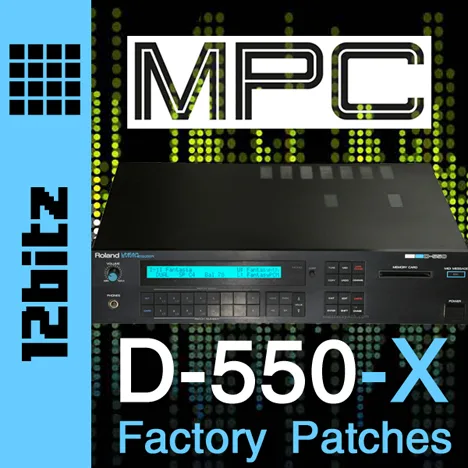Discover New Sounds with the Japanpiano Plugin by Whitebox
In the world of digital music, where complexity and multi-functionality often take center stage, sometimes simplicity can provide unique sounds and inspiration. The Japanpiano plugin from Whitebox is just such a case. This instrument doesn’t try to imitate every nuance of a grand piano costing hundreds of thousands of dollars, but offers its own unique character, making it a valuable addition to any musician’s or producer’s arsenal.
Simplicity and Charm of “Japanpiano”
Japanpiano is not just another virtual instrument. It’s a minimalist approach to piano sound that focuses on creating a specific atmosphere. Its main philosophy is accessibility and intuitiveness. You won’t find hundreds of presets or complex menus here. Instead, you’ll get a clean, focused sound, ready to use immediately after installation.
Its name may hint at a certain Eastern flavor or inspiration from Japanese music, but in essence, it is a universal instrument that can find its place in various genres – from Lo-Fi hip-hop to ambient, from indie pop to soundtracks. Its simplicity makes it ideal for quickly writing ideas or layering in more complex arrangements.
The Heart of Sound: Sample-Based Oscillator
At the heart of Japanpiano lies a sample-based oscillator. This means that the piano sound is generated not through physical modeling or complex synthesis, but by playing back recorded samples of real piano notes. This approach allows you to achieve a certain, often vintage or characteristic sound, which differs from perfectly clean synthesized or physically modeled sounds.
It is the selection and processing of these samples that give Japanpiano its unique timbre. It may sound a bit muffled, soft, or have a slight touch of nostalgia, depending on how you use and process it with external effects. This instrument invites you to experiment and find your own ways to integrate its sound into your music.
One Knob, Many Sustain Possibilities
One of the most notable features of Japanpiano, which emphasizes its minimalism, is the presence of only one main control knob. This knob controls the “Release” parameter of the sample envelope. In practice, it is very similar to the operation of the sustain pedal on a real piano.
- Short Release: Notes fade quickly after releasing the key, creating a staccato or percussive effect. Ideal for rhythmic parts or clear melodies.
- Long Release: Notes continue to sound and gradually fade, creating an effect of resonance and volume, similar to a pressed sustain pedal. This adds expression and smoothness to melodies and chords.
This single knob gives amazing control over articulation and performance dynamics, allowing you to shape phrasing and the emotional tone of the music. Despite the absence of other parameters, this single controller is key to unlocking the plugin’s potential.
Why You Should Try Japanpiano
This plugin may seem too simple at first glance, but it is in this simplicity that its power lies. Here are a few reasons why Japanpiano could become your next favorite instrument:
- Unique Sound: Not a standard “clean” piano, but an instrument with its own character and, perhaps, a slight vintage touch.
- Ease of Use: Ideal for beginners or for those who want to quickly get the desired sound without delving deep into the settings.
- Minimalist Interface: Doesn’t distract from the creative process.
- CPU Light: As a rule, simple sample-based instruments require less processor resources.
- Inspiration: Sometimes limitations stimulate creativity. One knob forces you to focus on the performance itself and the musical idea.
Japanpiano by Whitebox is a great example of how a simple instrument can have great musical value. It won’t replace full-fledged grand pianos, but it will offer an alternative, interesting sound that can be the highlight of your track. If you’re looking for something a little different, an easy-to-use piano VST with its own character, Japanpiano is definitely worth your attention.



